Zen is not just a sect of Buddhism in Japan; it has deeply influenced Japanese spiritual culture, arts, and even everyday life. Since the Kamakura period (1185–1333), Zen played a crucial role in shaping the mindset of the samurai class, who valued its emphasis on discipline and mental clarity. In this article, we will explore the fundamentals of Zen, its relationship with the samurai, and places in Kyoto where you can experience the Zen world firsthand.
1. What is Zen?—A Philosophy of Simplicity and Enlightenment
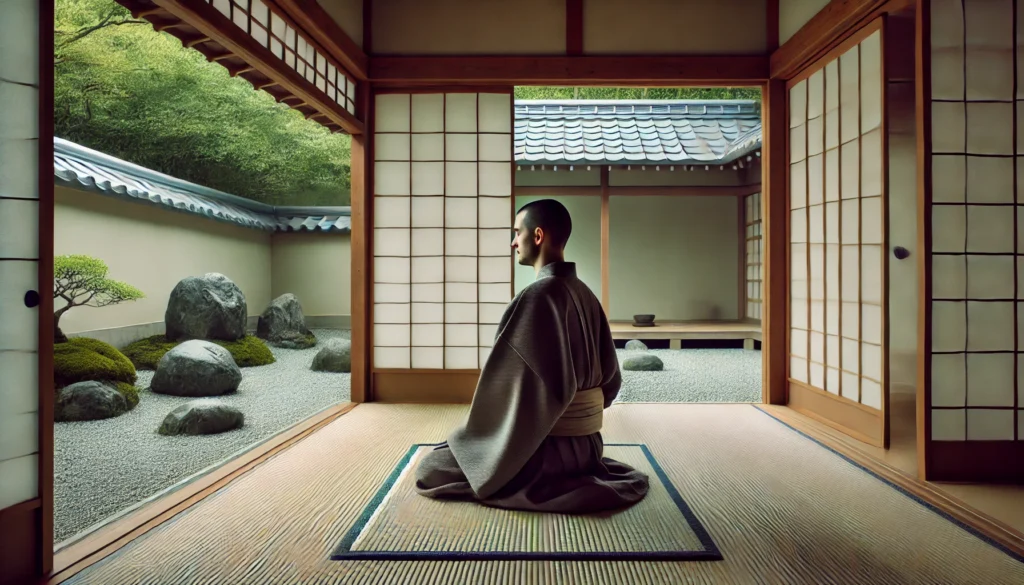
Zen Buddhism originated from Chan Buddhism in China and was introduced to Japan in the 13th century. Unlike other Buddhist traditions that emphasize scriptures and doctrines, Zen focuses on direct experience and self-discovery. The practice of Zazen (seated meditation) is central to Zen, encouraging mindfulness, clarity, and living in the present moment.
Beyond religion, Zen philosophy has influenced various aspects of Japanese culture, including martial arts, tea ceremony, garden design, and calligraphy.
2. Zen and the Samurai: A Code of Mental Discipline
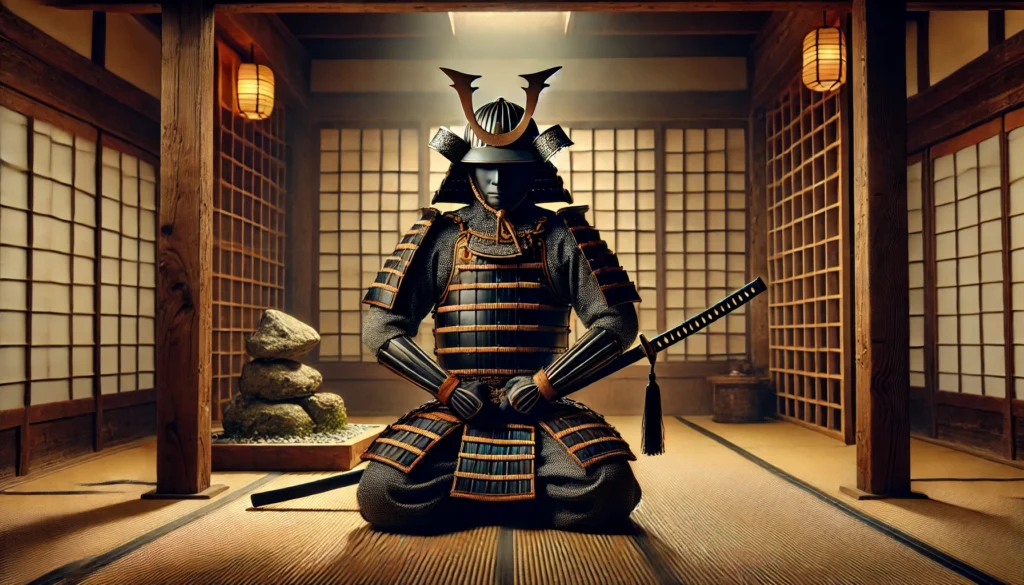
The Kamakura period (1185–1333) marked the rise of the samurai as the ruling class of Japan. During this era, the Zen sects Rinzai Zen, introduced by Eisai, and Soto Zen, spread by Dogen, gained popularity. Samurai leaders embraced Zen as a form of mental training and self-discipline.
Why Did Samurai Adopt Zen?
• View on Life and Death: Zen teaches detachment from worldly concerns and acceptance of impermanence—essential qualities for warriors facing death in battle.
• Mental Focus: Through Zazen, samurai trained themselves to maintain composure under stress and make quick, decisive actions.
• Simplicity and Practicality: Unlike other Buddhist sects that required deep scholarly study, Zen emphasized direct experience, aligning with the warrior’s way of life.
Notable samurai who practiced Zen include Hojo Tokiyori, the fifth regent of the Kamakura Shogunate, and Takeda Shingen, a legendary warlord.
3. How Zen Has Shaped Japanese Culture
Zen philosophy has profoundly influenced Japanese aesthetics and way of life. Some key examples include:
Zen Gardens
Zen gardens, known as Karesansui (dry landscape gardens), are designed to reflect natural landscapes in a minimalist style, promoting meditation and tranquility.
• Ryoanji Temple: Famous for its enigmatic rock garden, where 15 stones are arranged so that only 14 can be seen from any viewpoint.
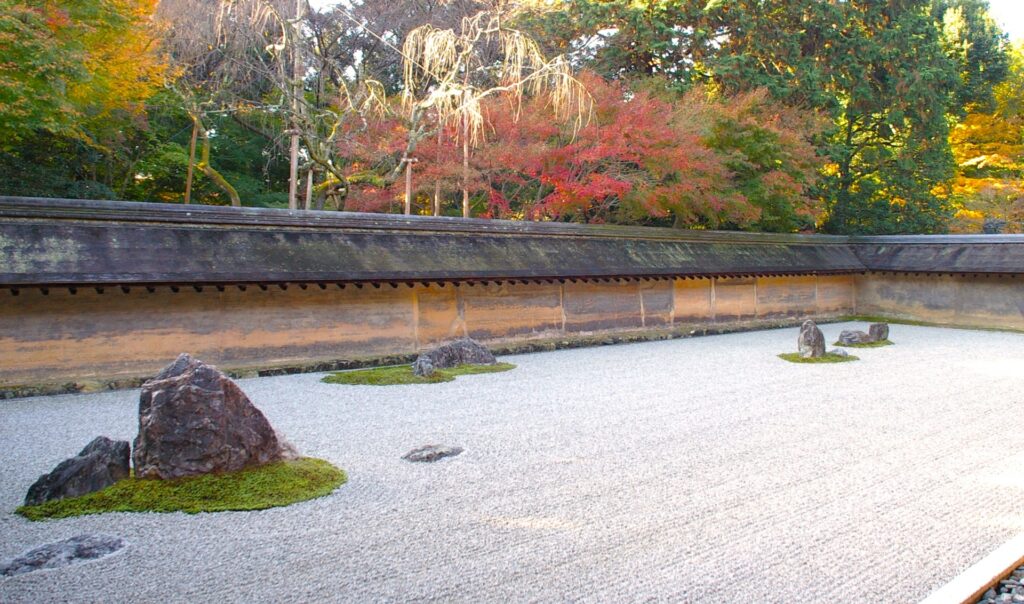
• Ginkakuji (Silver Pavilion): Showcases a Zen-inspired garden that embodies the Wabi-Sabi aesthetic.
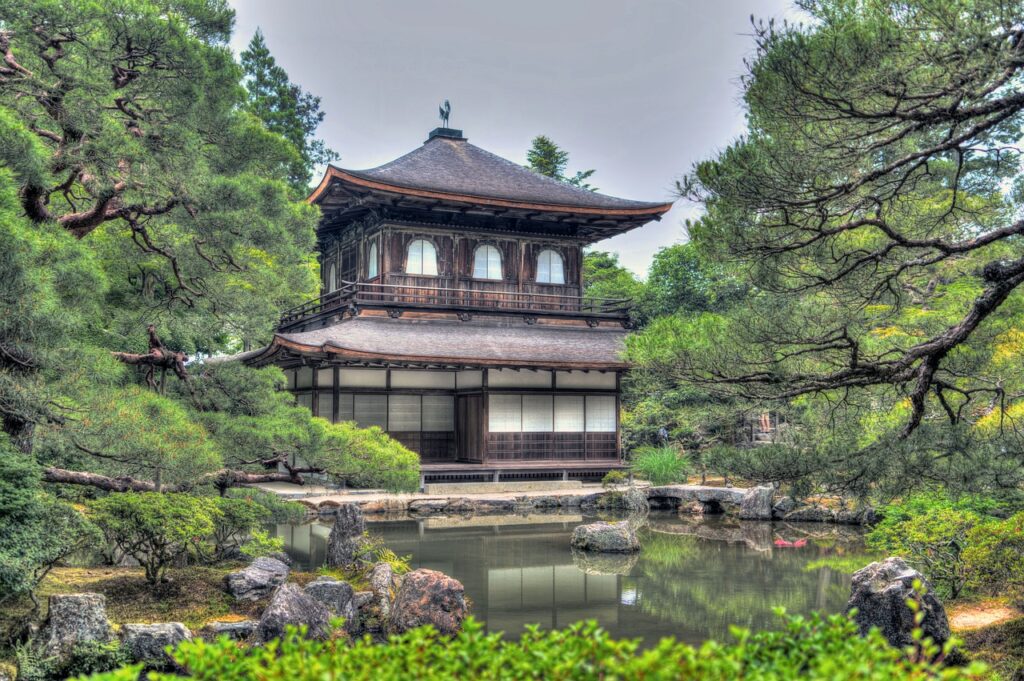
Tea Ceremony
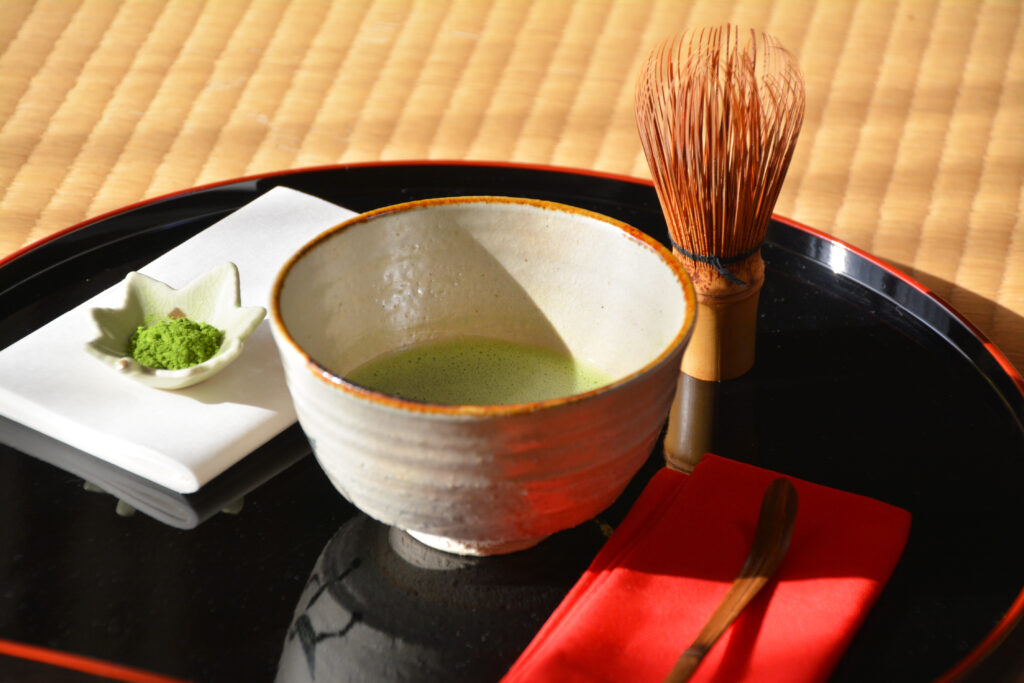
The Japanese tea ceremony, perfected by Sen no Rikyu, embodies Zen principles of simplicity, mindfulness, and imperfection. The phrase “Ichigo Ichie” (one time, one meeting) highlights the unique and fleeting nature of every encounter.
Martial Arts
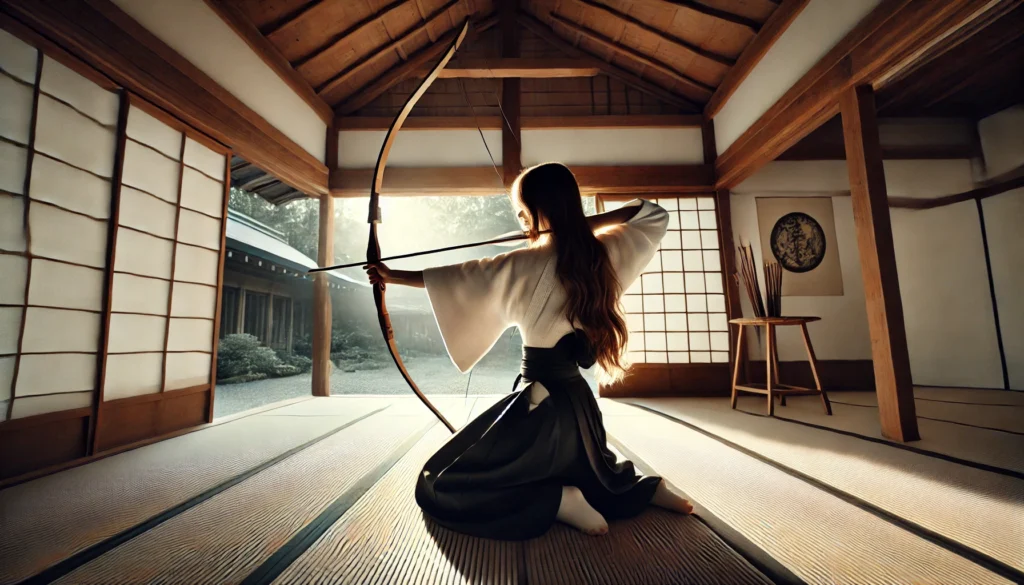
Many traditional Japanese martial arts, such as Kendo (swordsmanship) and Kyudo (archery), incorporate Zen principles. Practitioners train to empty their minds and focus entirely on the present moment.
Zen Words and Philosophy
• “Mushin (No Mind)”: The state of being free from distractions and reactive thoughts.
• “Furyu Monji (Beyond Words)”: The idea that true enlightenment cannot be fully explained through language.
• “Ichigo Ichie”: A reminder to cherish each moment as it will never happen again.
4. Where to Experience Zen in Kyoto
Kyoto, the heart of Japan’s traditional culture, is home to some of the most famous Zen temples and gardens. Here are some must-visit locations:
① Ryoanji Temple
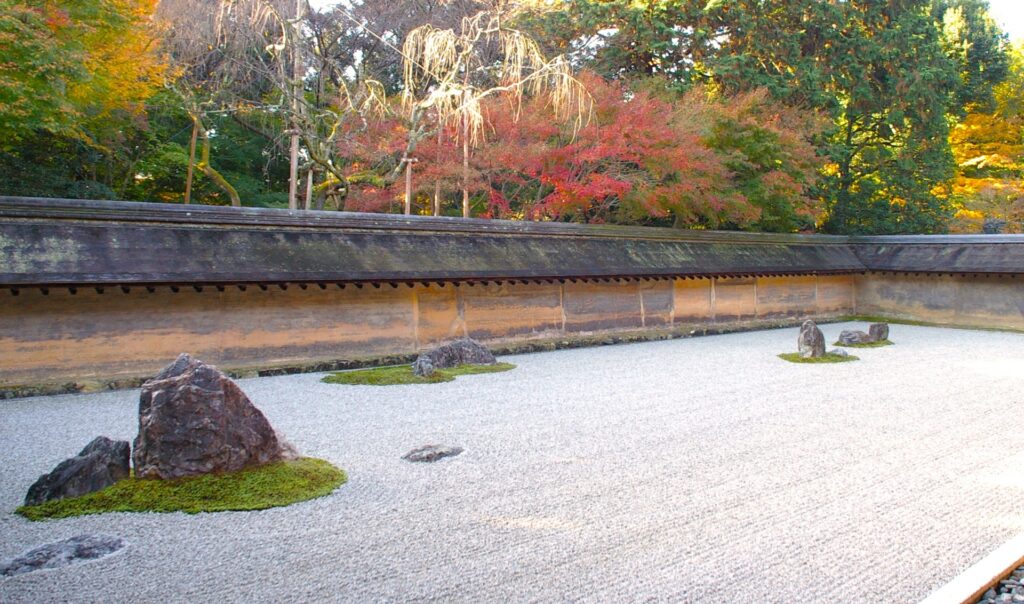
• Why Visit?: Home to Japan’s most famous rock garden, designed to inspire deep thought and meditation.
• Highlight: The arrangement of 15 stones ensures that only 14 are visible from any angle.
② Nanzenji Temple
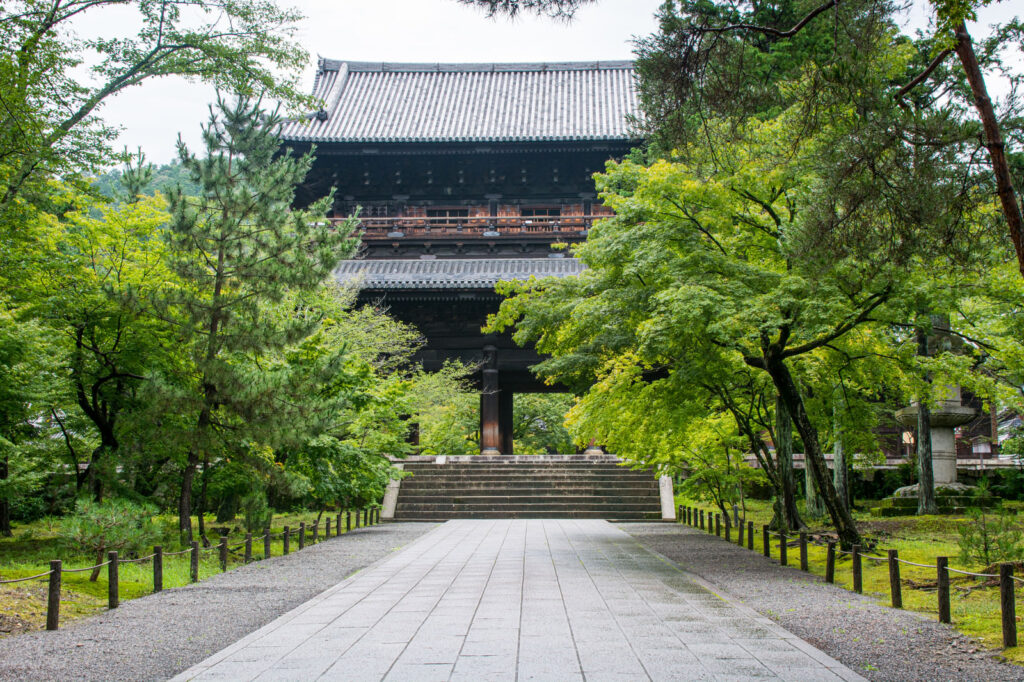
• Why Visit?: A prestigious Zen temple of the Rinzai sect, featuring impressive architecture and gardens.
• Highlight: The “Tiger Cub Crossing the Water” garden, created by the famous landscaper Kobori Enshu.
③ Kenninji Temple
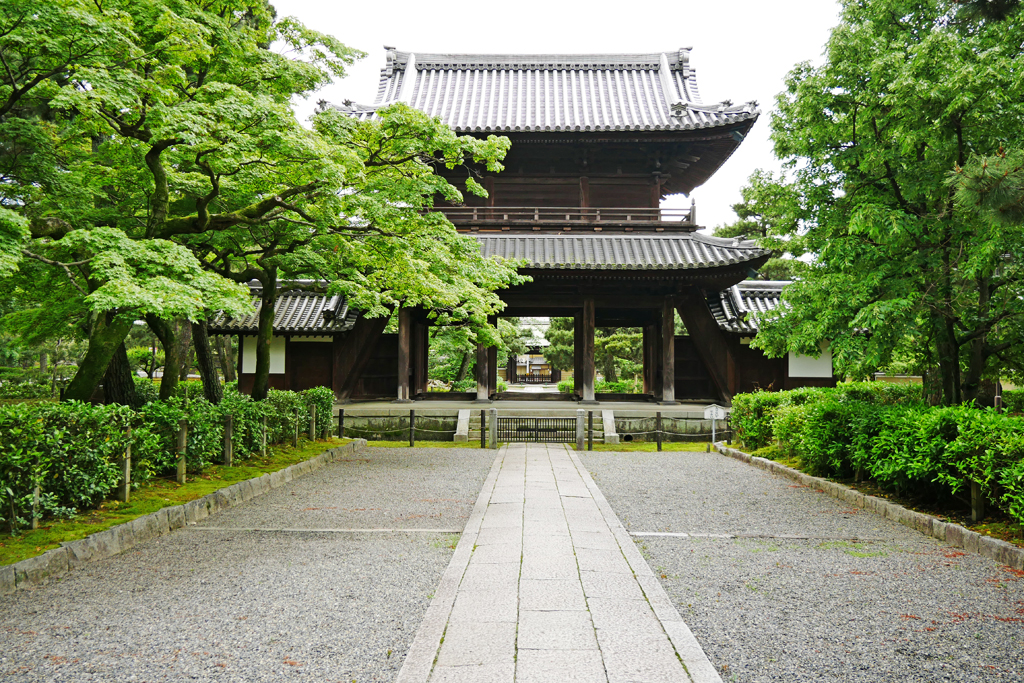
• Why Visit?: The oldest Zen temple in Kyoto, known for its stunning “Wind God and Thunder God” folding screen painting.
• Highlight: The tranquil Zen garden that reflects the harmony of nature and human spirit.
5. Zen Experiences for Visitors in Kyoto
Several temples in Kyoto offer hands-on Zen experiences for visitors.
① Myoshinji Temple
• Experience: Early morning Zazen meditation at 6:00 AM.
• Why Try It?: A peaceful way to start the day, calming your mind in a serene temple environment.
② Shourinji Temple
• Experience: Midday Zazen meditation at 1:00 PM.
• Why Try It?: No prior reservation is needed, making it easy for tourists to join.
③ Ryosokuin Temple
• Experience: Shakyo (Buddhist Sutra copying), Zazen meditation, and special garden viewing.
• Why Try It?: Copying sutras is a meditative practice that promotes patience and focus.
6. Conclusion: The Modern Relevance of Zen
Zen is more than just an ancient Buddhist practice—it remains highly relevant today. Its emphasis on mindfulness, simplicity, and self-discipline resonates with modern movements such as minimalism and mindfulness meditation.
If you visit Kyoto, exploring Zen temples and participating in Zazen or Shakyo can provide a unique and enriching cultural experience. Zen’s wisdom offers valuable lessons for achieving inner peace and appreciating the present moment.
Whether you’re interested in meditation, gardens, or simply learning about Japan’s unique spiritual culture, Kyoto is the perfect place to immerse yourself in the world of Zen. Take a deep breath, let go of distractions, and step into the tranquility of Japan’s Zen temples.



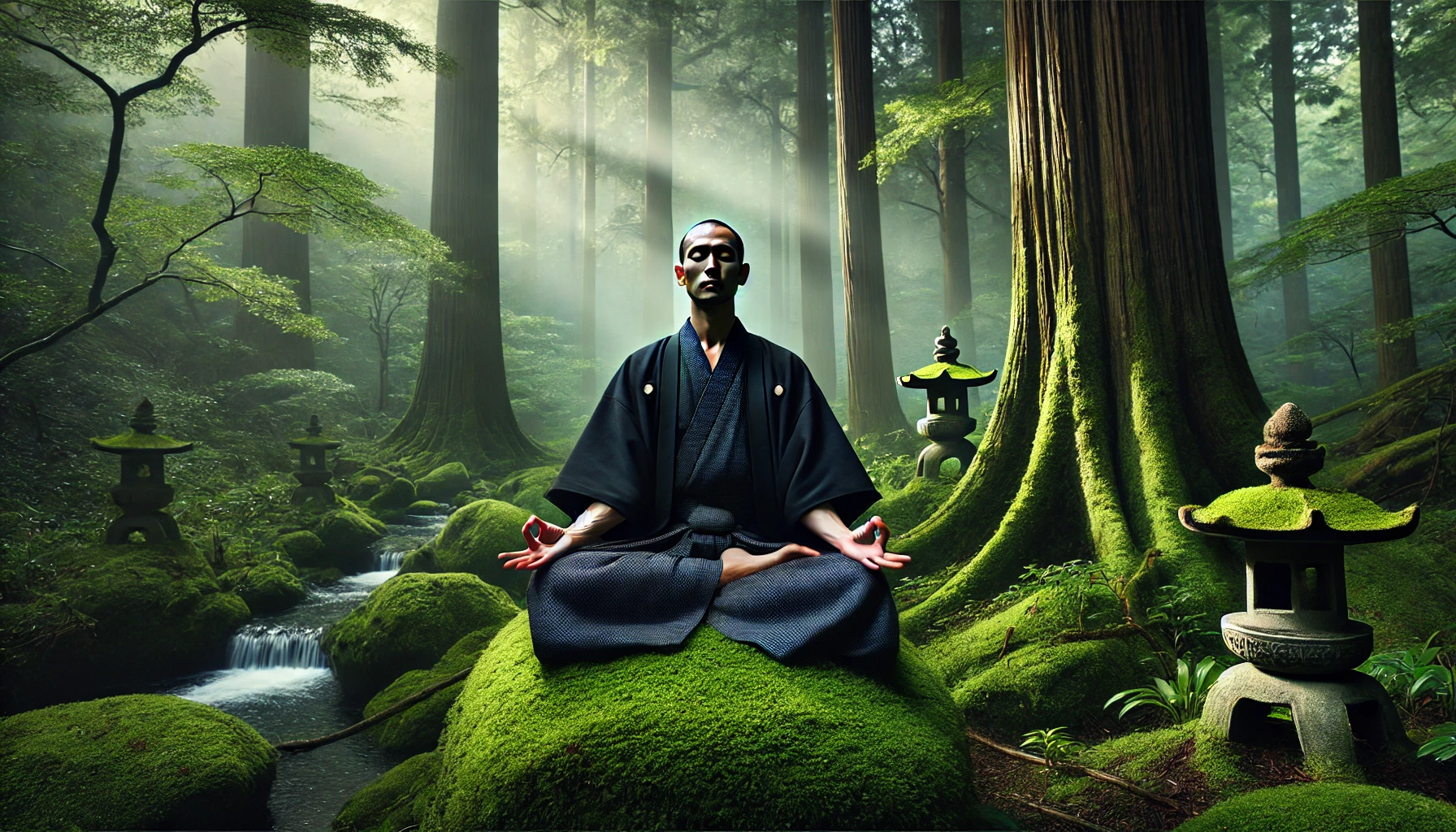


Comments